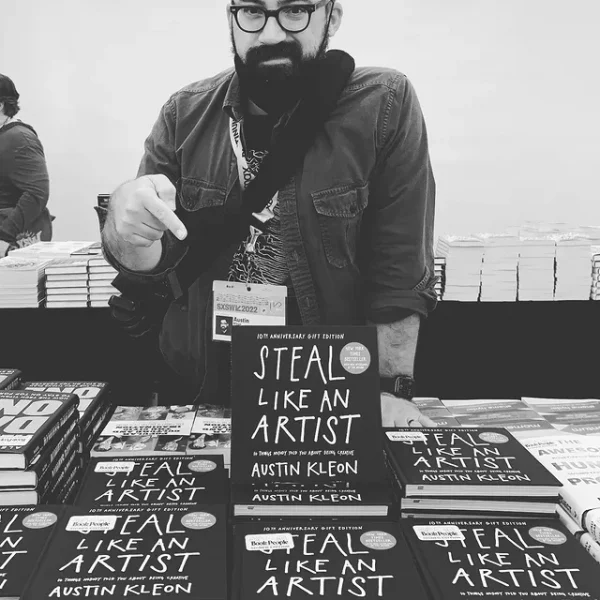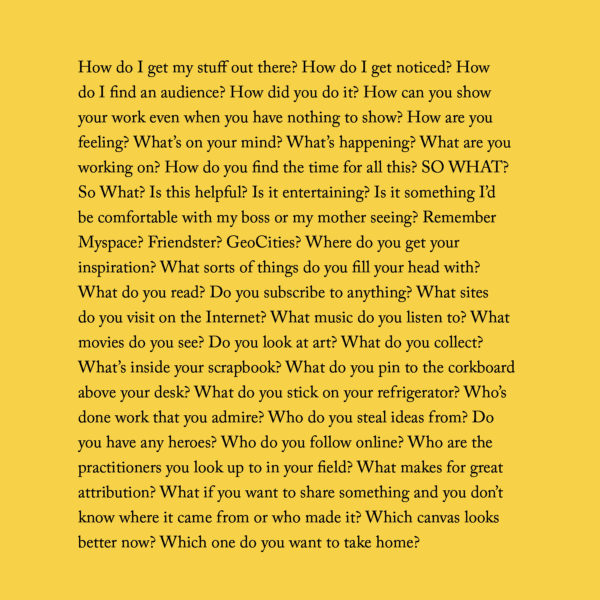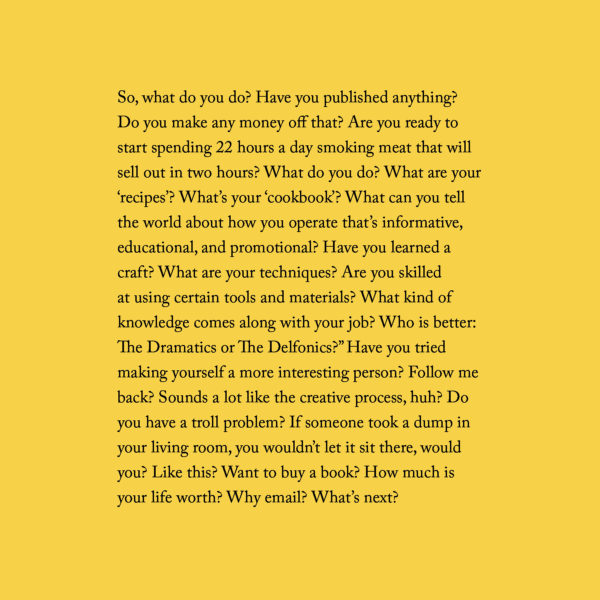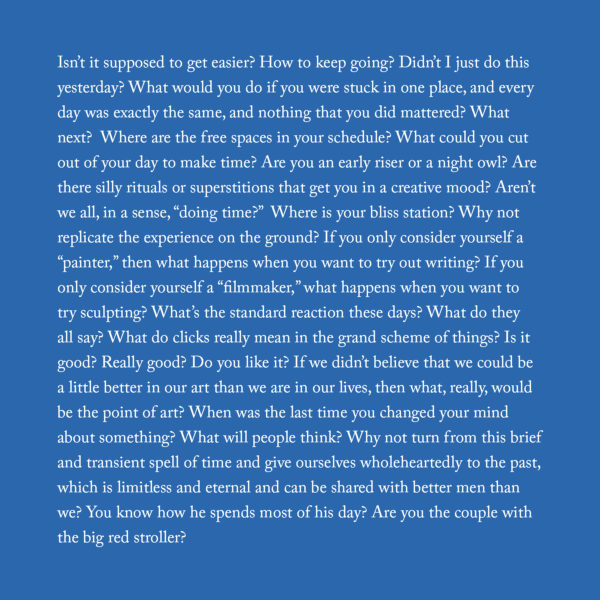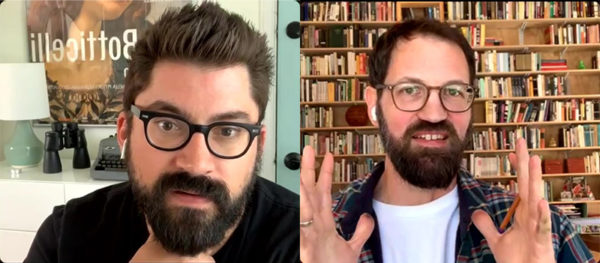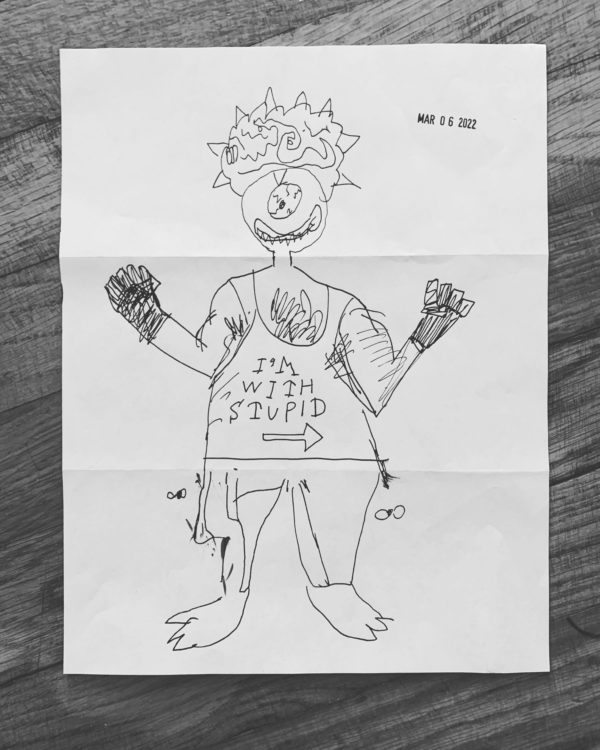
One of my all-time favorite drawing games with my kids is called Exquisite Corpse.
Put simply: two or more people draw a head/torso/legs without looking at each other’s drawings.
We made a silly video to show you how its done:
It’s probably worth pointing out that Exquisite Corpse actually started out with the Surrealist writers, as a kind of proto-MadLib such as:
The [adjective] [noun] [adverb] [verb] the [adjective] [noun].
This is where the name “Exquisite Corpse” came from:
Le cadavre exquis boira le vin nouveau. (The exquisite corpse shall drink the new wine.)
It’s fun because it’s a cooperative game, not a competitive one.

I’m now thinking it would be fairly easy to do an musical Exquisite Corpse in GarageBand: you’d pick a tempo and a key, one person could make a beat, then the next person could make a bassline without listening to the beat, and the next person could make a melody without listening to either. Then you could play it back and see what it sounds like. (I’m going to try this and I’ll let you know how it goes!)

